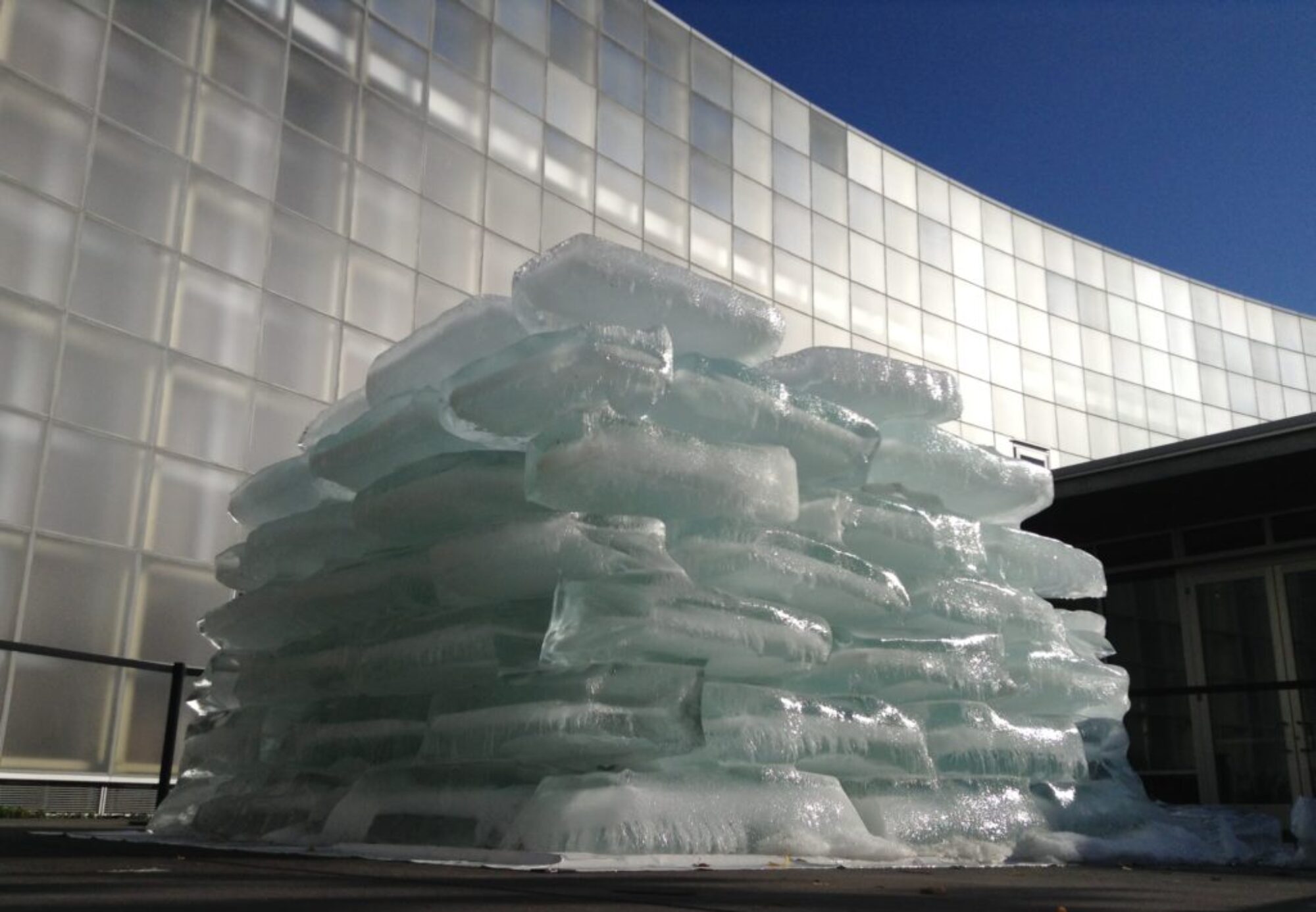Myth of the Nagas and the Kathmandu Valley Watershed:
An Ecological Artwork, Kathmandu 1993
“Myth of the Nagas” weaves together traditional art, indigenous stories, and ritual to communicate ideas for a greenway and nature corridor along Kathmandu Valley’s sacred rivers. What began as a ten-page position paper and plan of action was eventually translated into an exhibition in Kathmandu, sponsored by the Asian Development Bank, to celebrate Word Environment Day.
“Myth of the Nagas” was conceived to generate citizen interest and participation in the revitalization and maintenance of the riverine ecology. The exhibition consisted of the following elements:
♦ A drawing for a Nag Panchami poster interprets the traditional image placed above the doorway of each home in August to worship the serpent dieties. It depicts the Kathmandu Valley as a lake, described in the ancient text of the “Swayambhu Puran.” The poster design references the ancient belief that nagas breathe in foul air and exhale fresh air so that all living things can exist. This story is relevant to the current condition of the valley where air and water have reached critical levels.
Translation of Nepali inscription:
The naga deserves great respect because it breathes in polluted air and leaves fresh air for the survival of all living beings. This is why it is the main adornment of Lord Shiva. Nagas are also guardians of the waters and belong to the pantheon of god Varuna. These are the well known reasons why the Nag Panchami festival is celebrated in Nepal. (from Madan Mohan Mishra, Nepali Sanskriti ma Bagmati, 1990)
In Kathmandu Valley today, the air and waters are so dirty that the nagas have deserted us. Let’s respect nature and our tradition by celebrating Nag Panchami and cleaning up our environment.
The drawing was commissioned from Deepak Kumar Joshi, a Newari paubha artist.
♦ Thirty-minute video showing the degradation of Kathmandu Valley’s rivers and forests accompanied by ancient sculptures of nagas, serpent-deities and guardians of air and water.
♦ A photographic “Panorama of the Bagmati River,” depicting the present condition of the river bank and the large open spaces ripe for revitalization. The drawings below present the native trees that could be planted.
♦ A sculpture, “Tree Mandala,” contained native saplings that would grow along the river greenway. ♦ “The Valley of Rivers,” shows a map and photographs presenting the condition of the Kathmandu
Valley watershed.
♦ Drawings by Deepak Joshi for an environmental comic book, based on the “Nepala Mahatmya,” an ancient text that describes the beauty of the Kathmandu Valley and its attraction to gods and goddesses.
♦ Two sculptures, “Earthweaving” and “Red Earth of Nepal,” were made with sand, red earth and bamboo dokos (baskets used to carry goods). They are metaphors for the traditional and modern faces of Nepali society. The fertility of red earth, used in art and ritual, references traditional sound values. By contrast, sand Zlls the unZnished doko, re[ecting the loss and abuse of the soil in the valley today.
♦ Buddhist Mandala: Naten Chutuk, created by lamas from the Tase Chen Shedup Ling Sakya Monastery, Boudhanath, dedicated to world peace and the protection of the environment.























